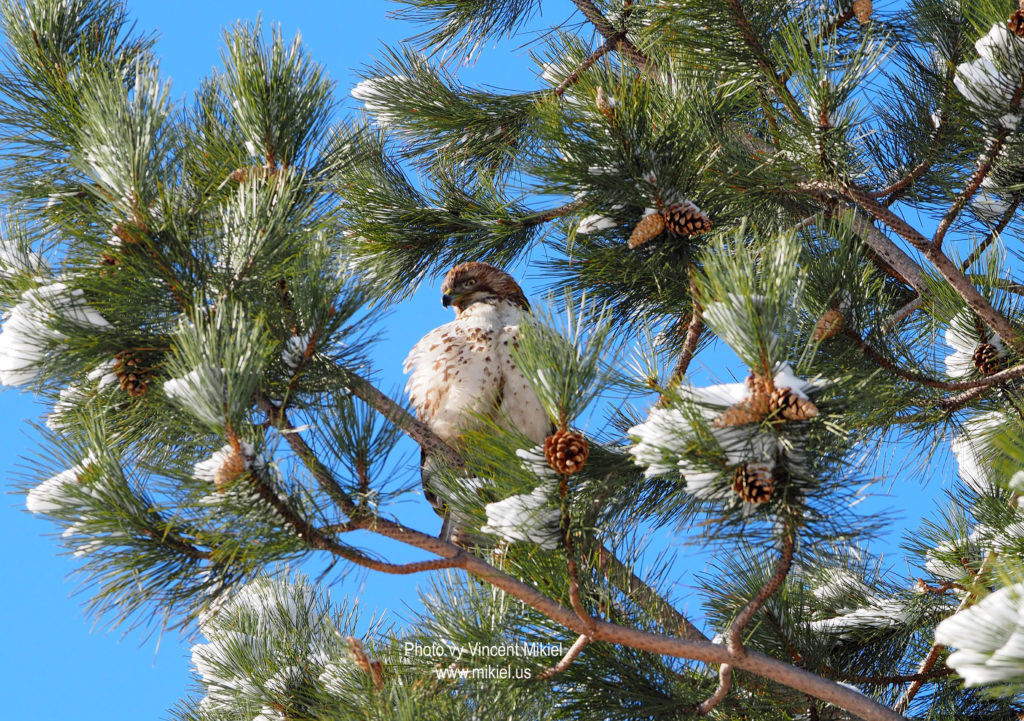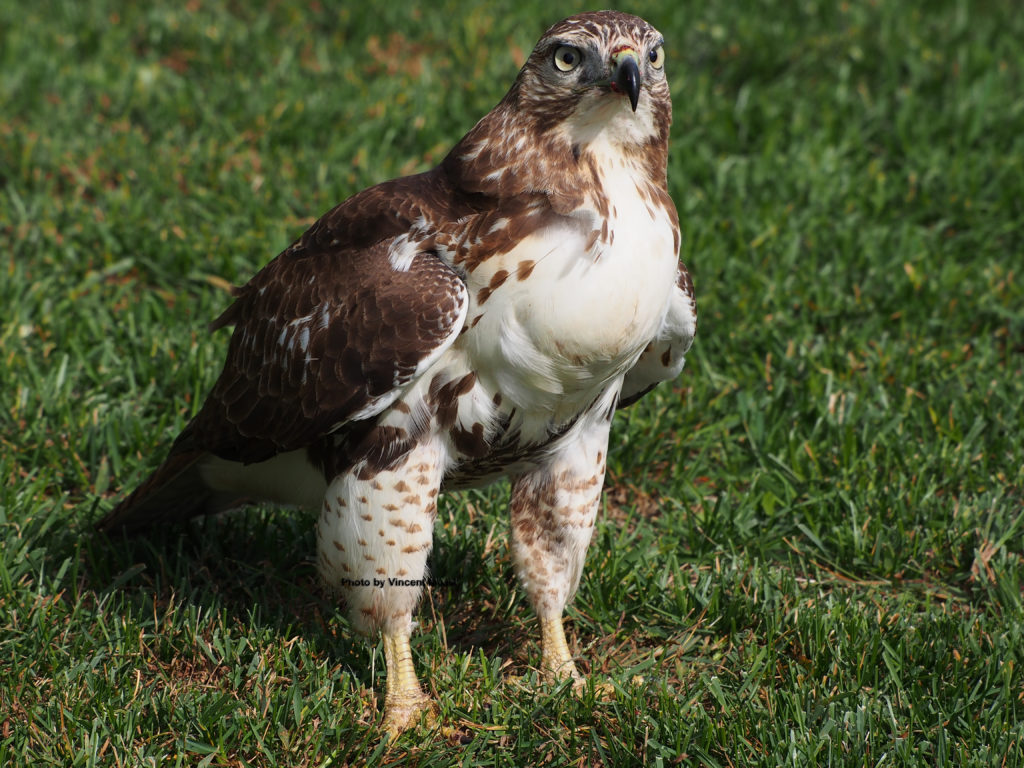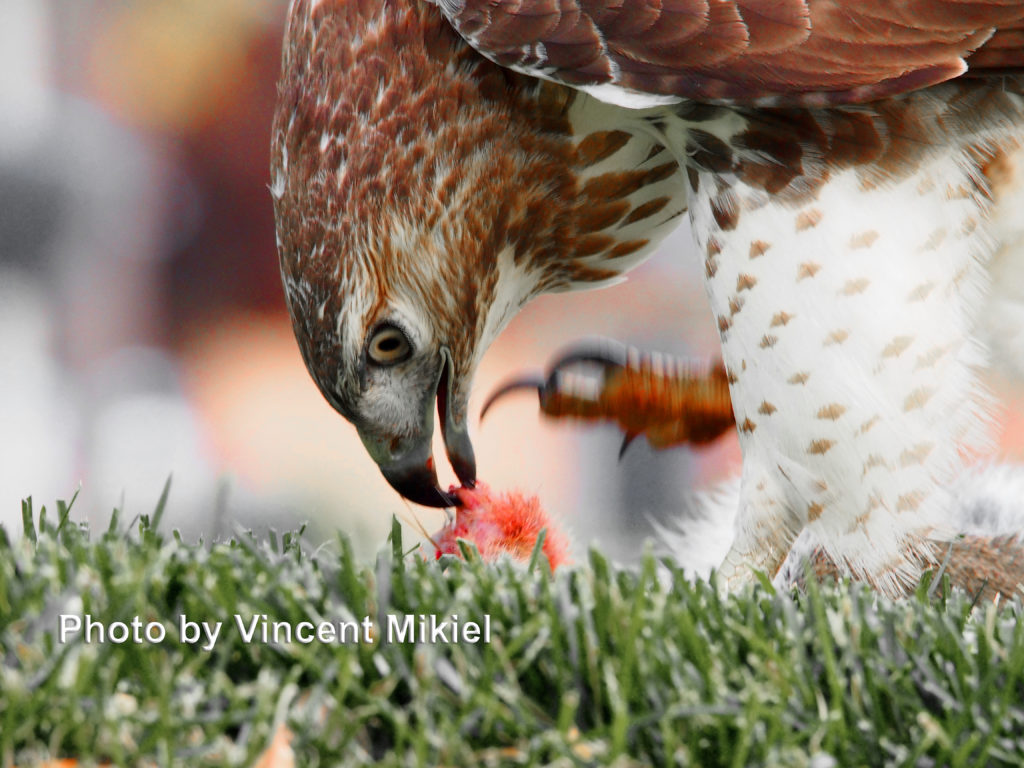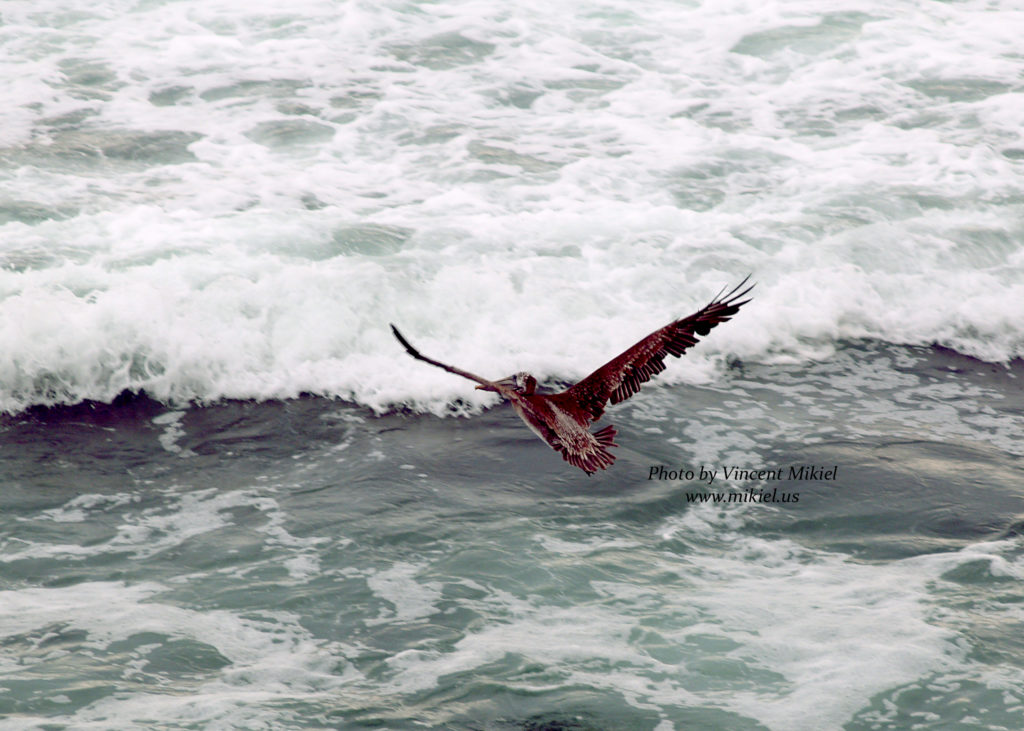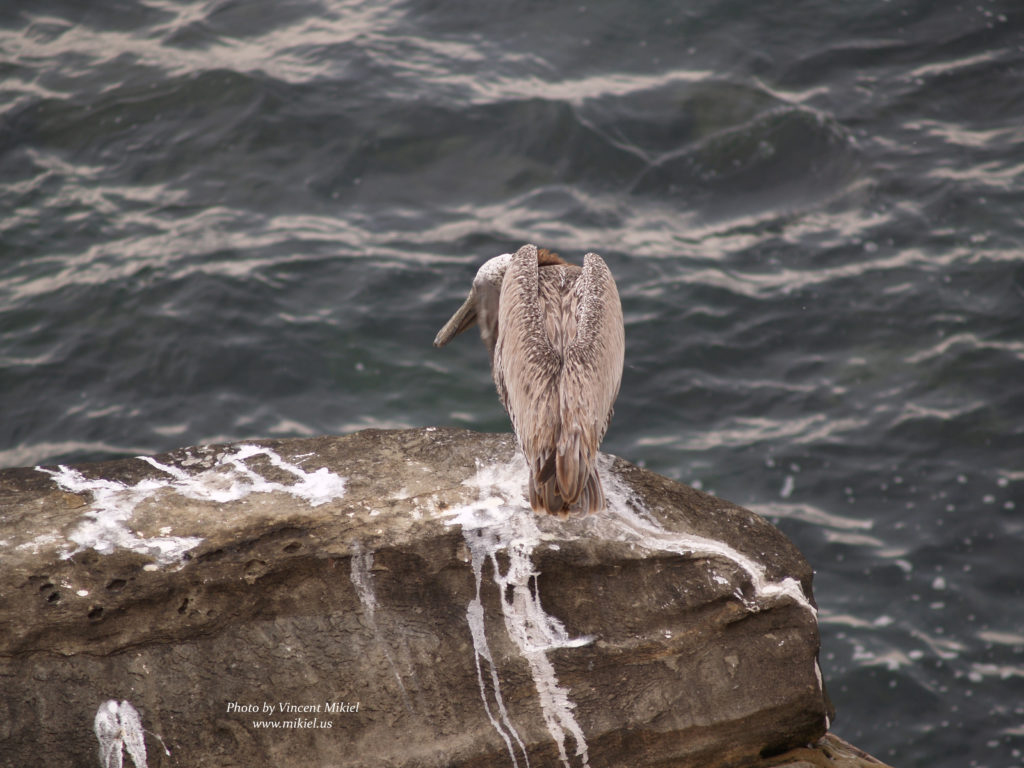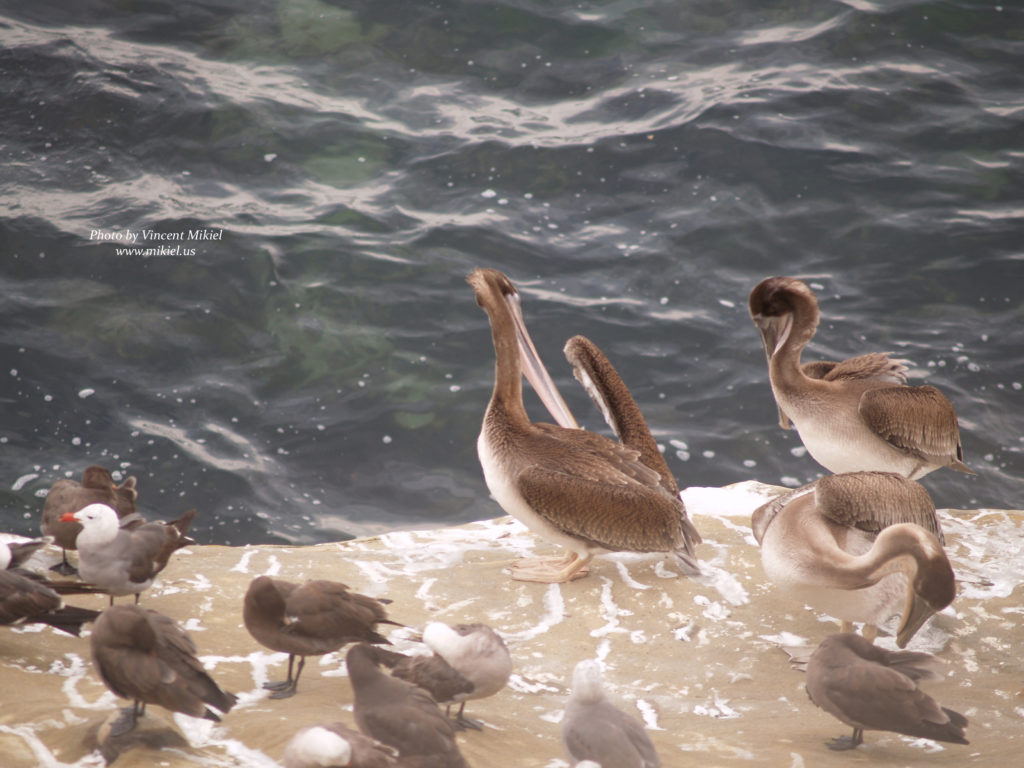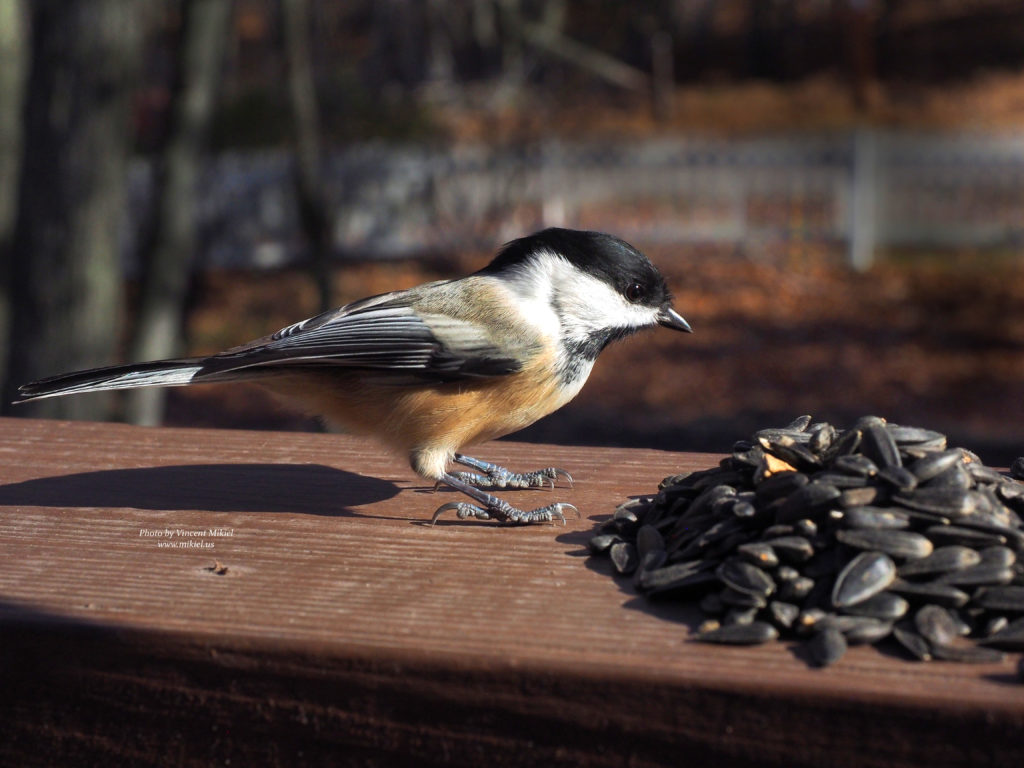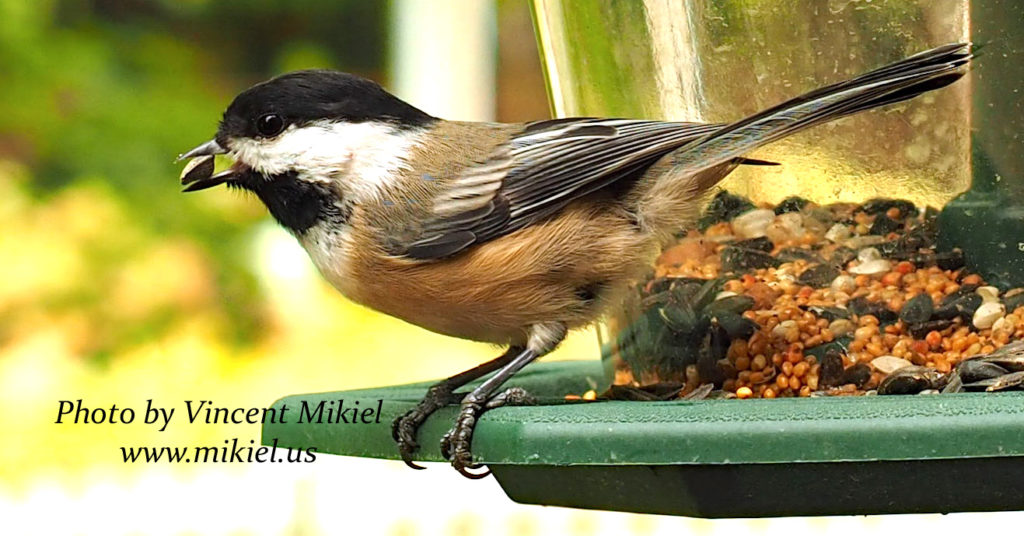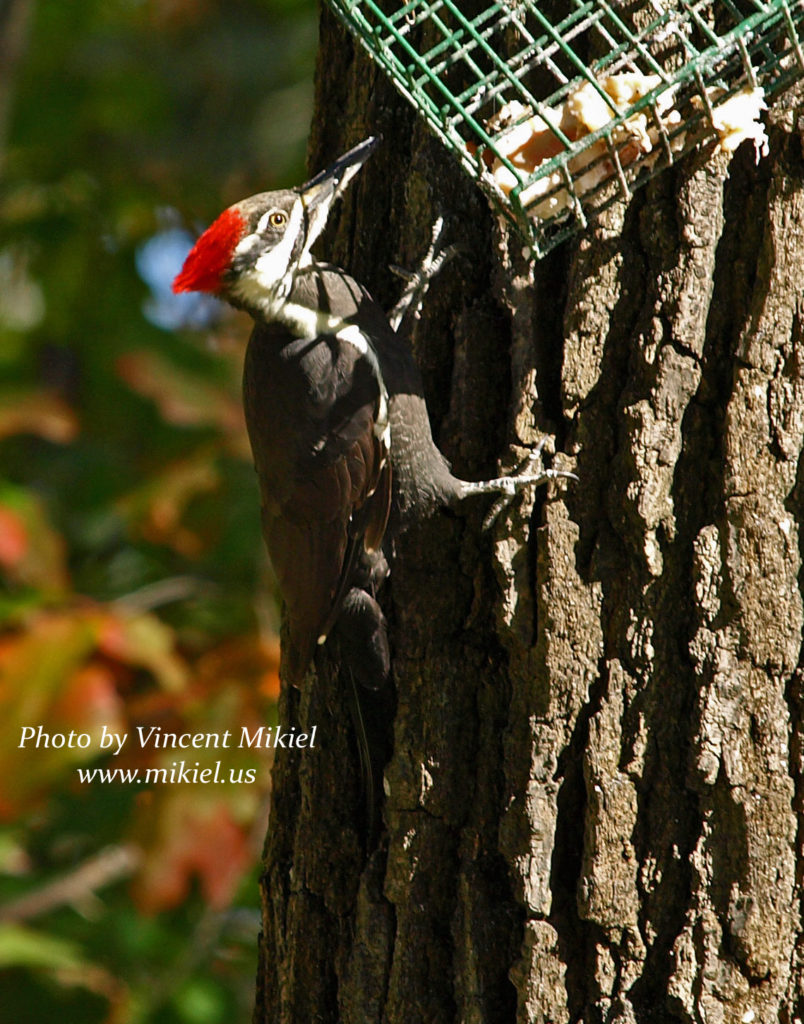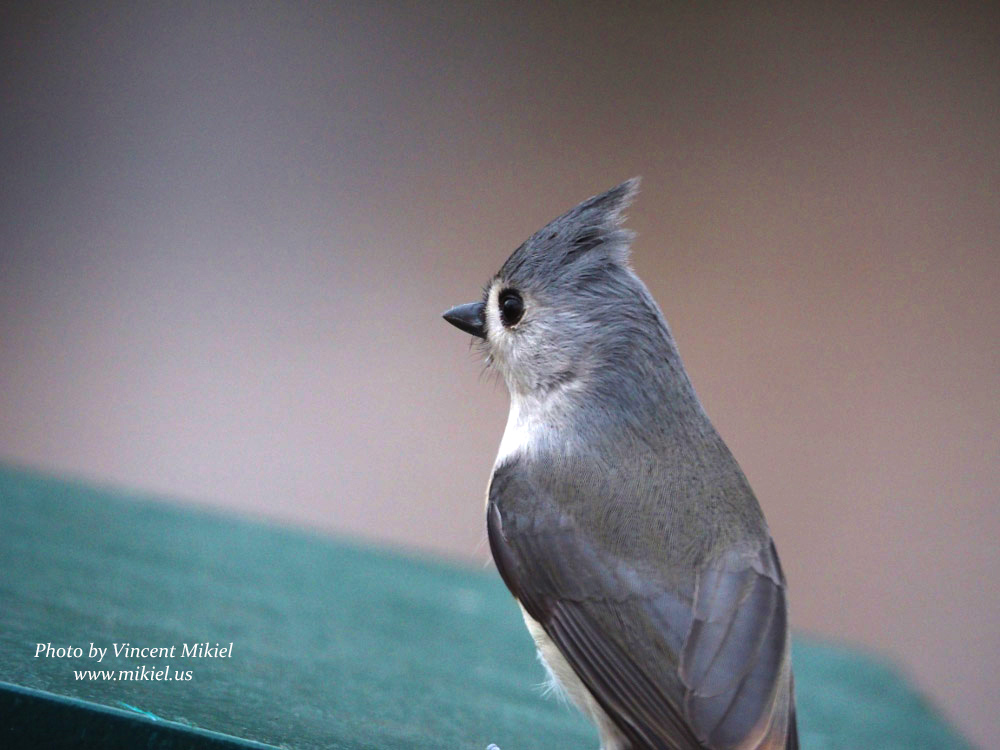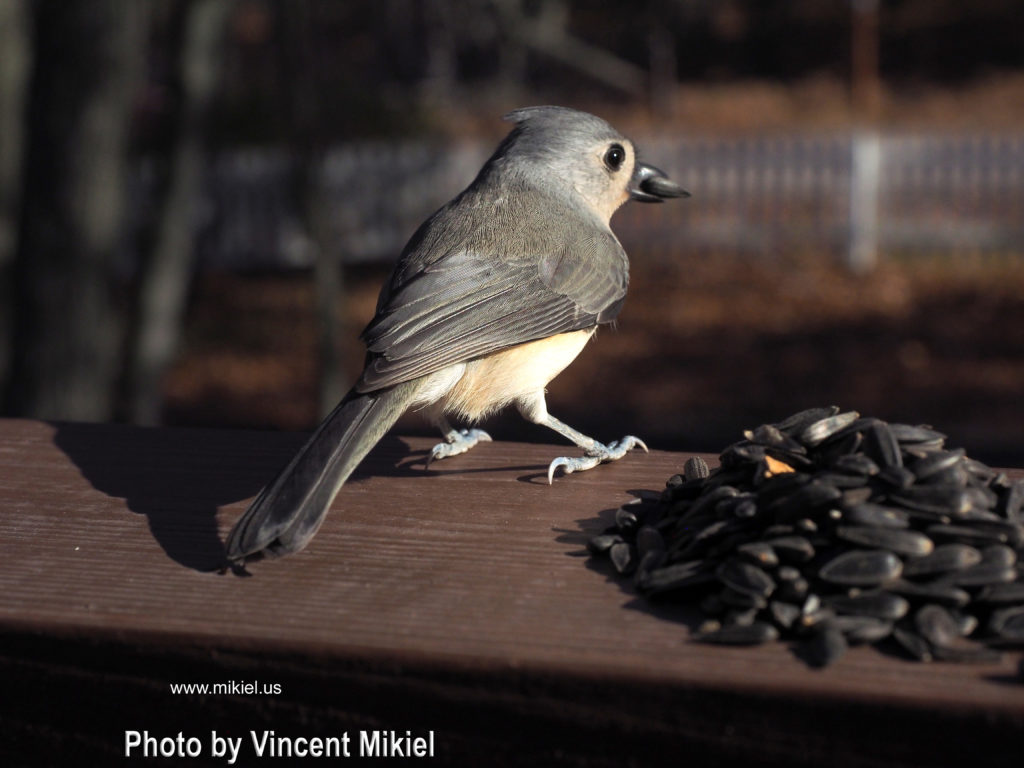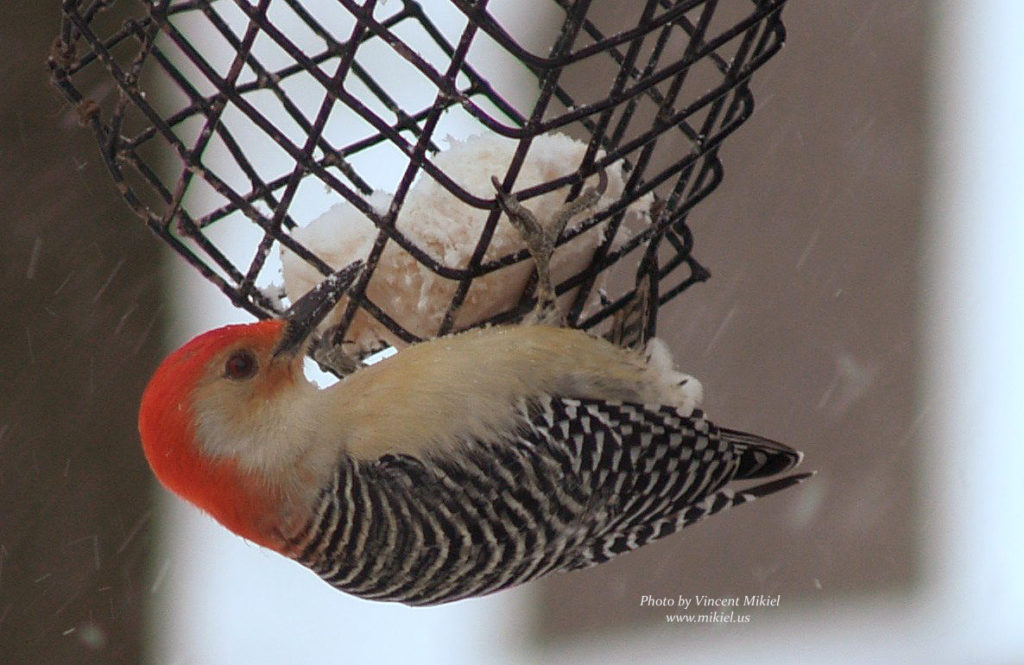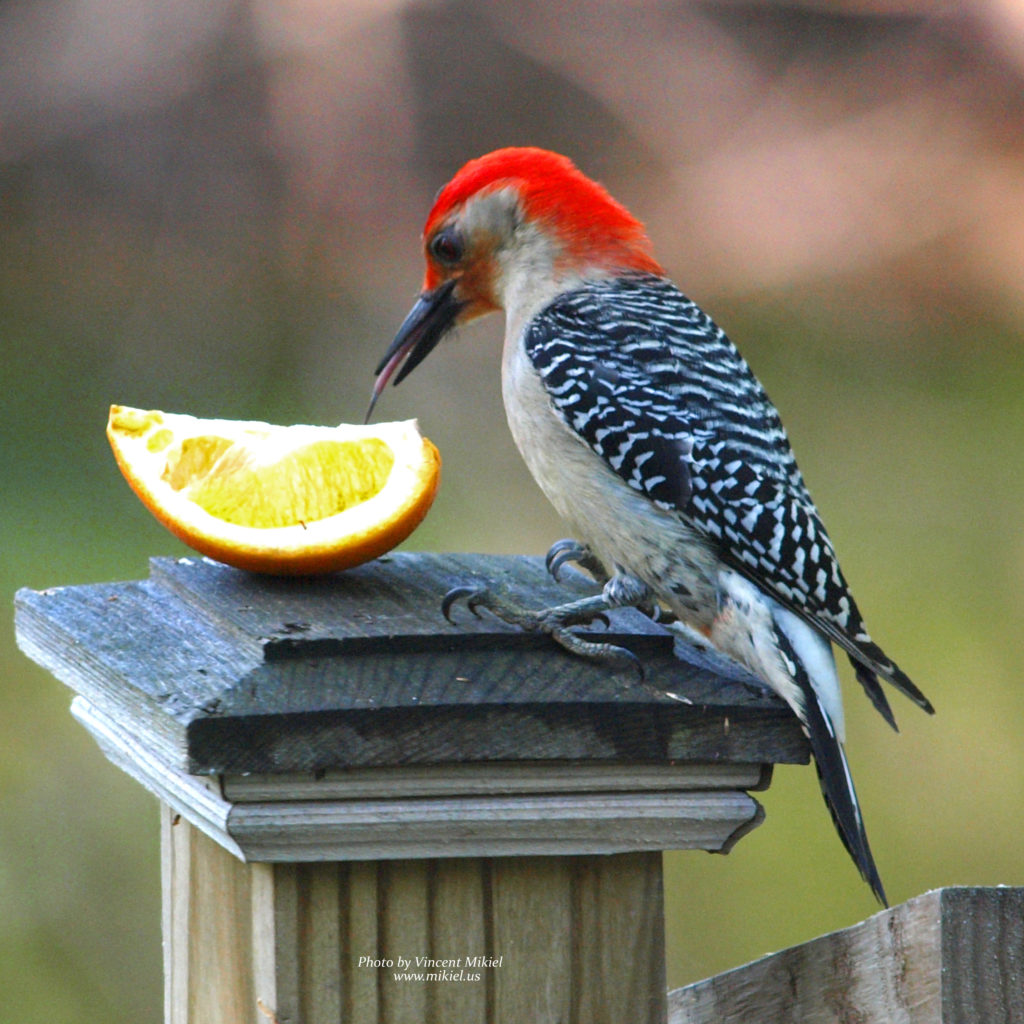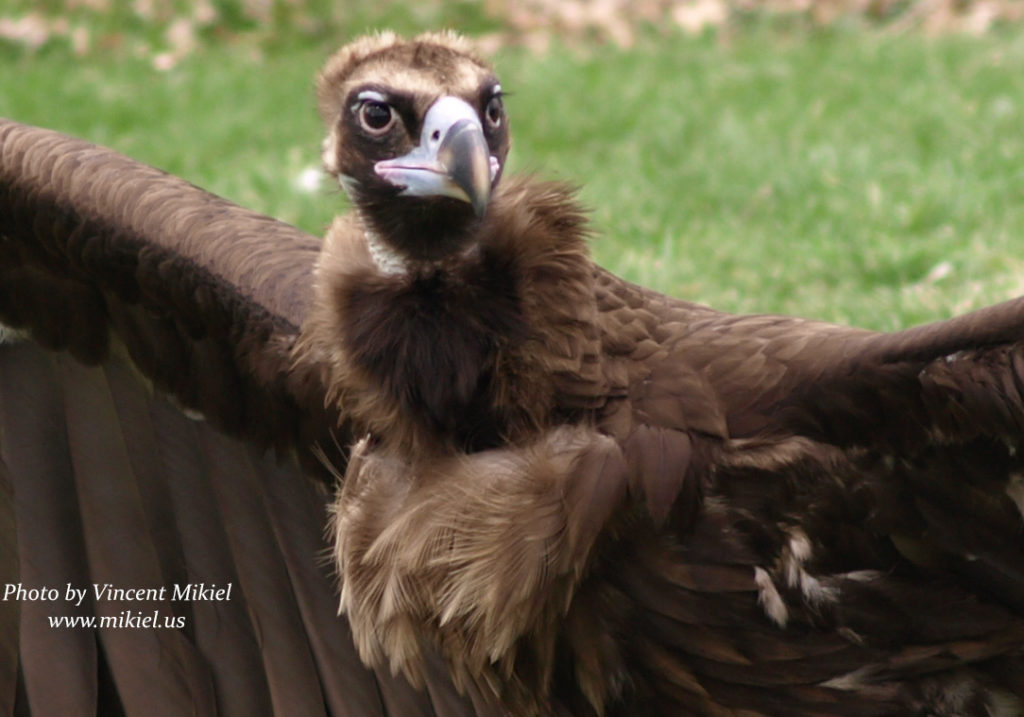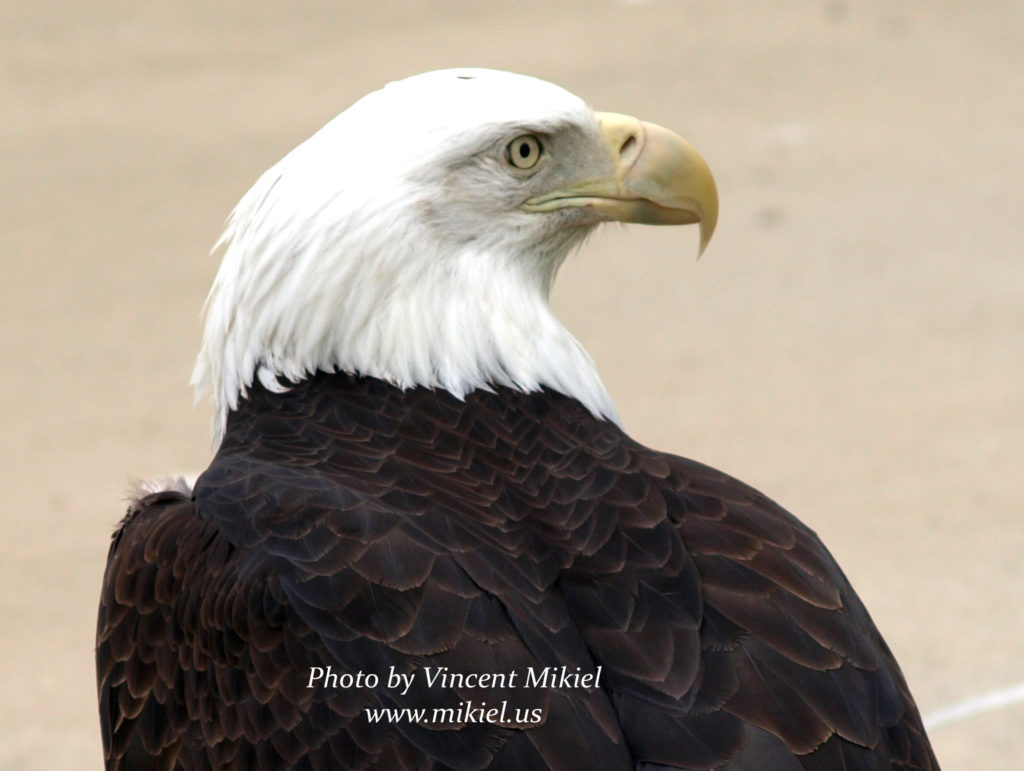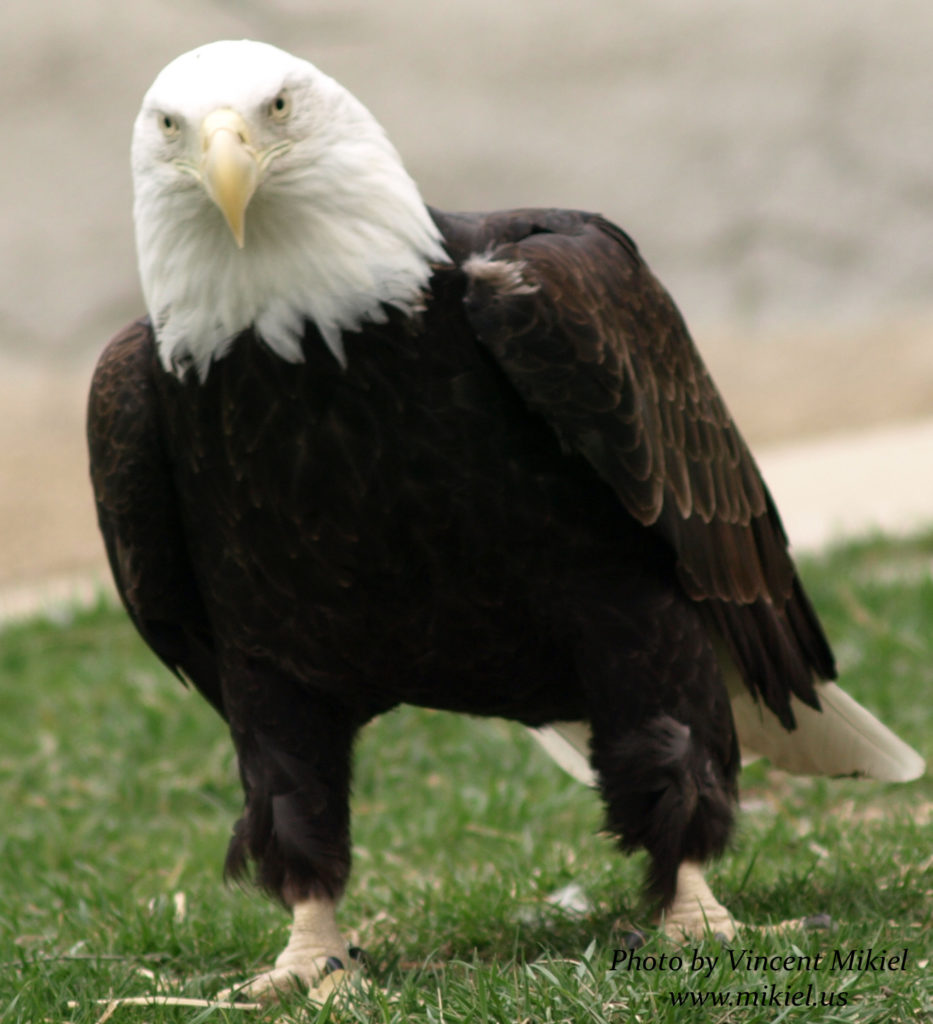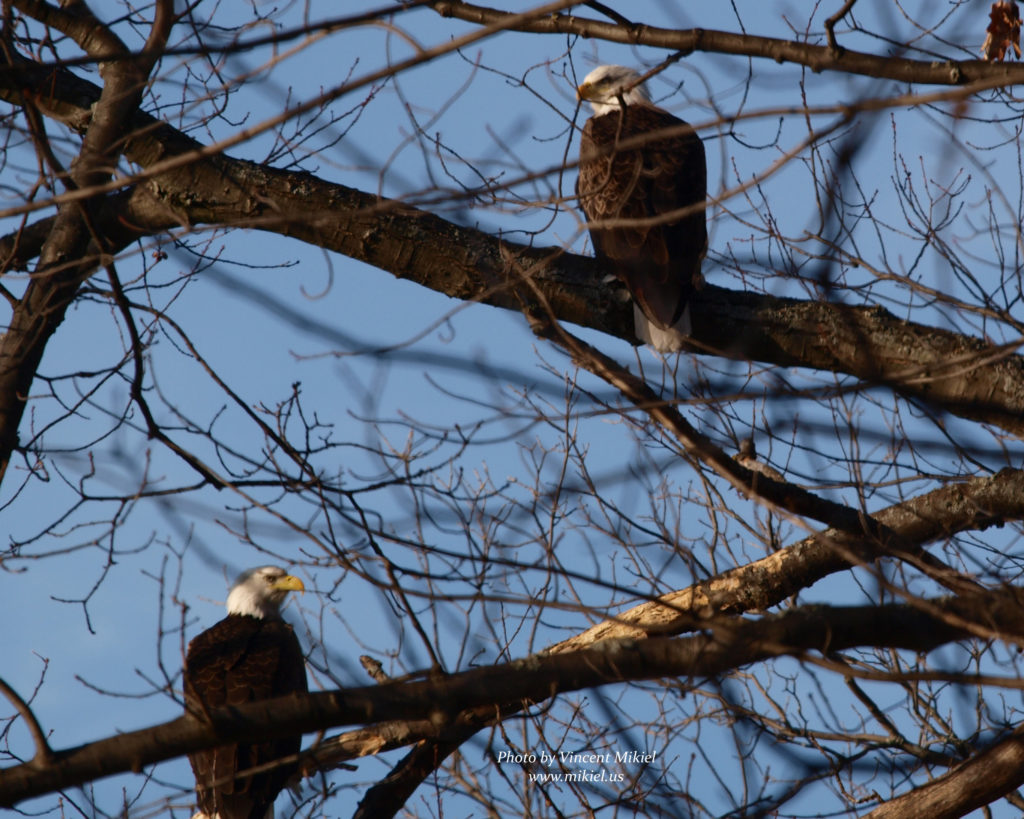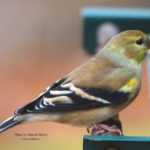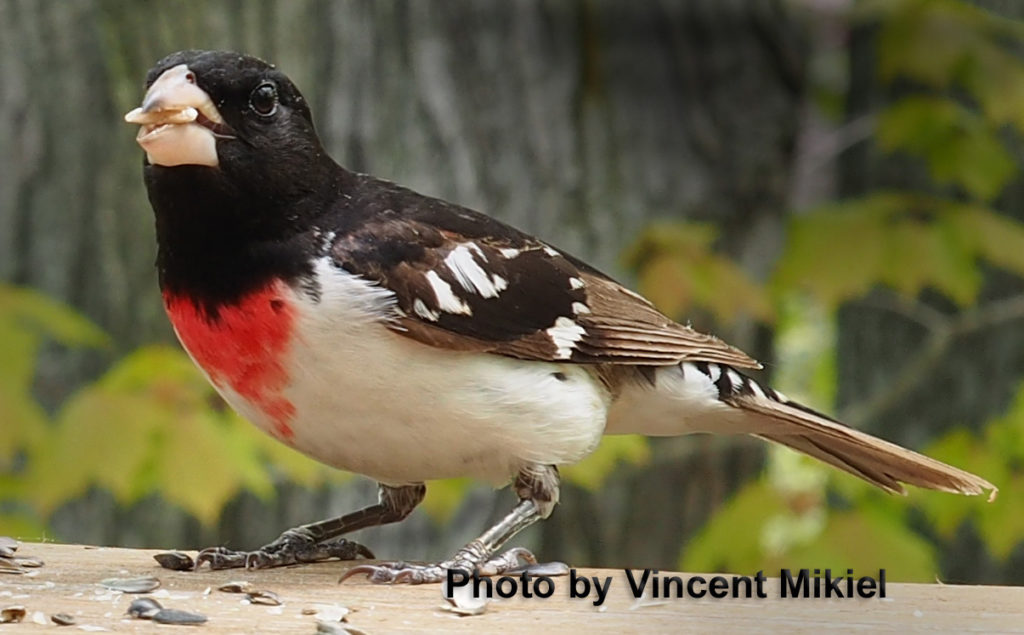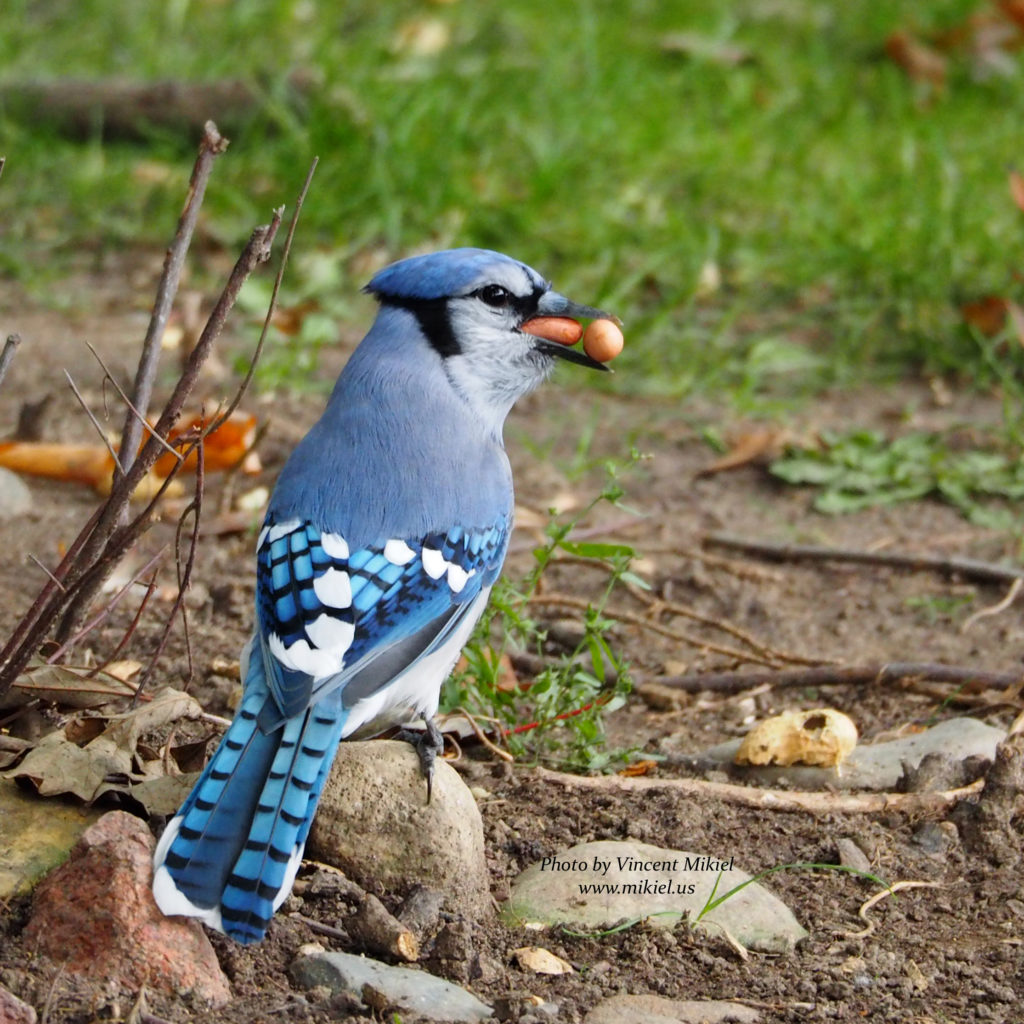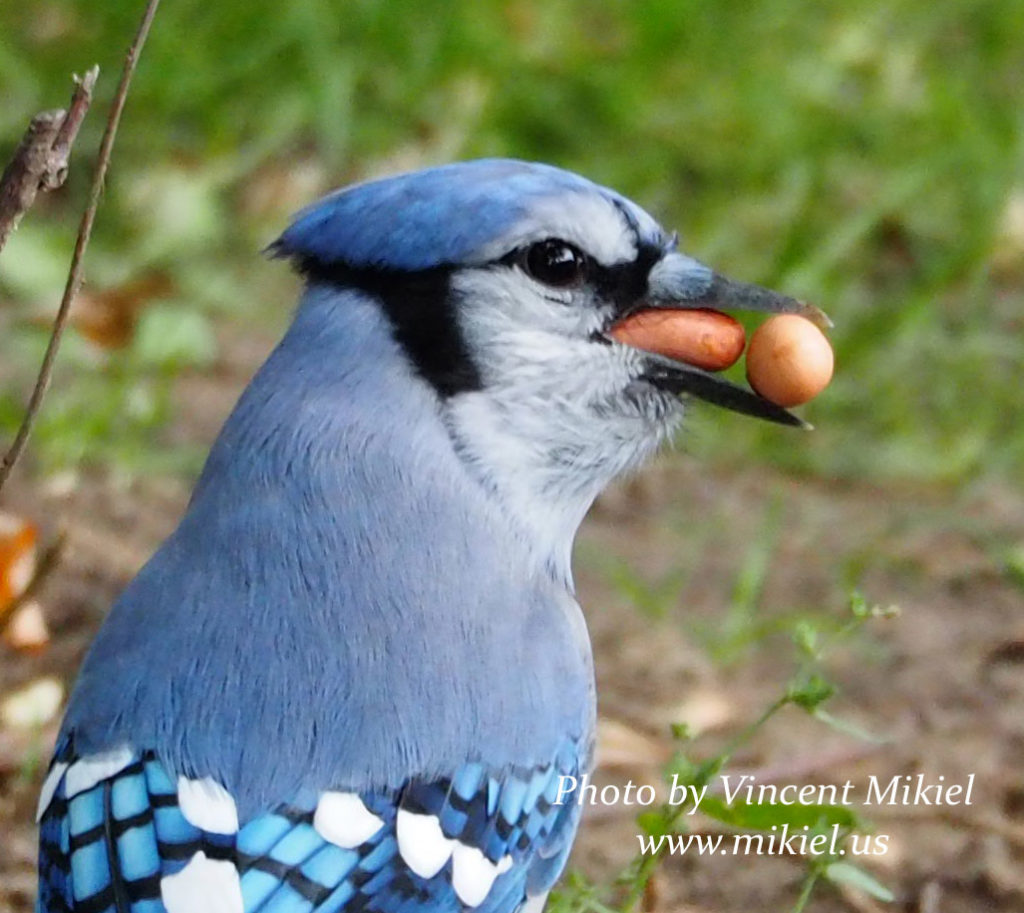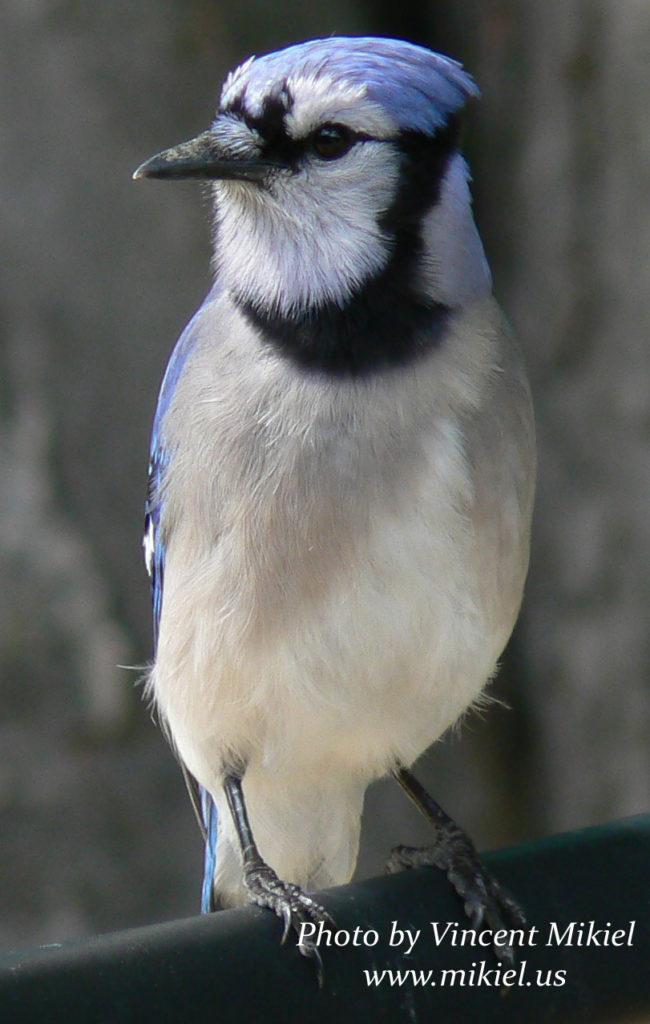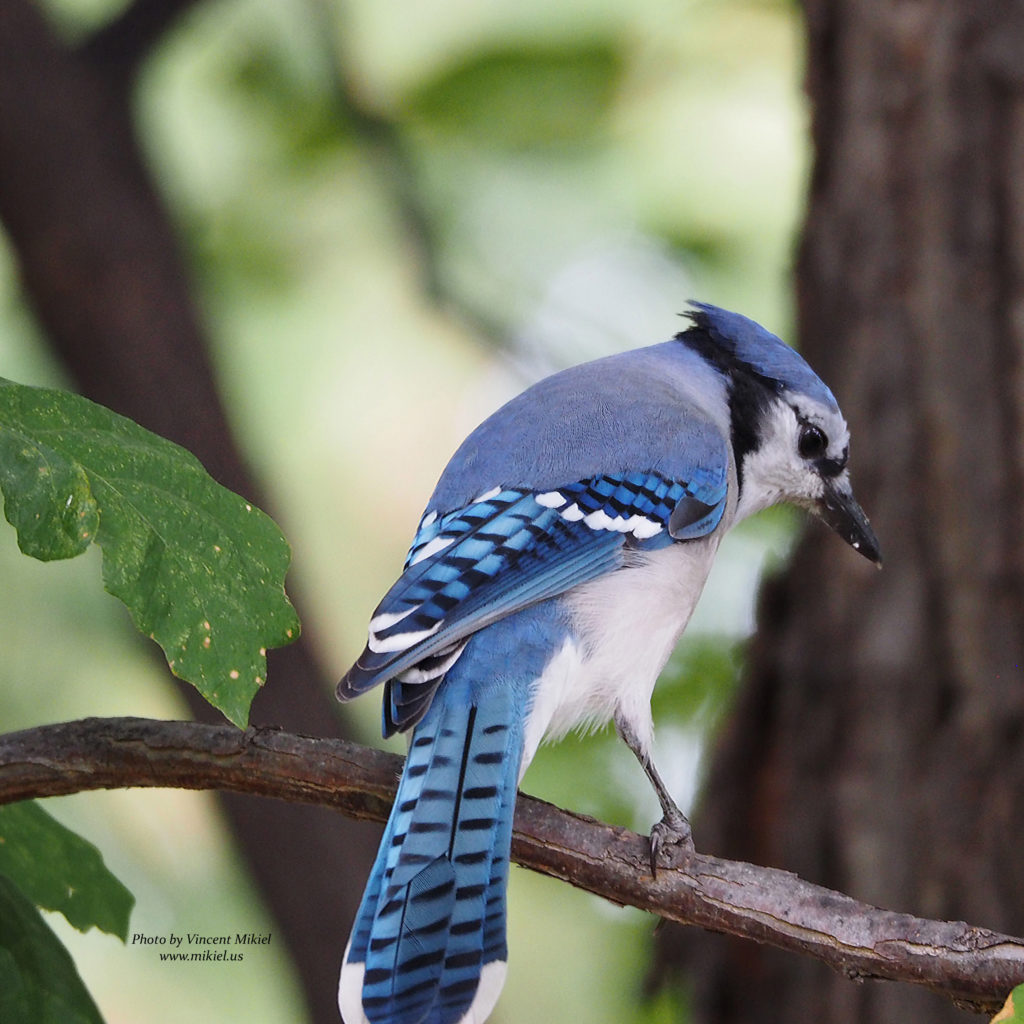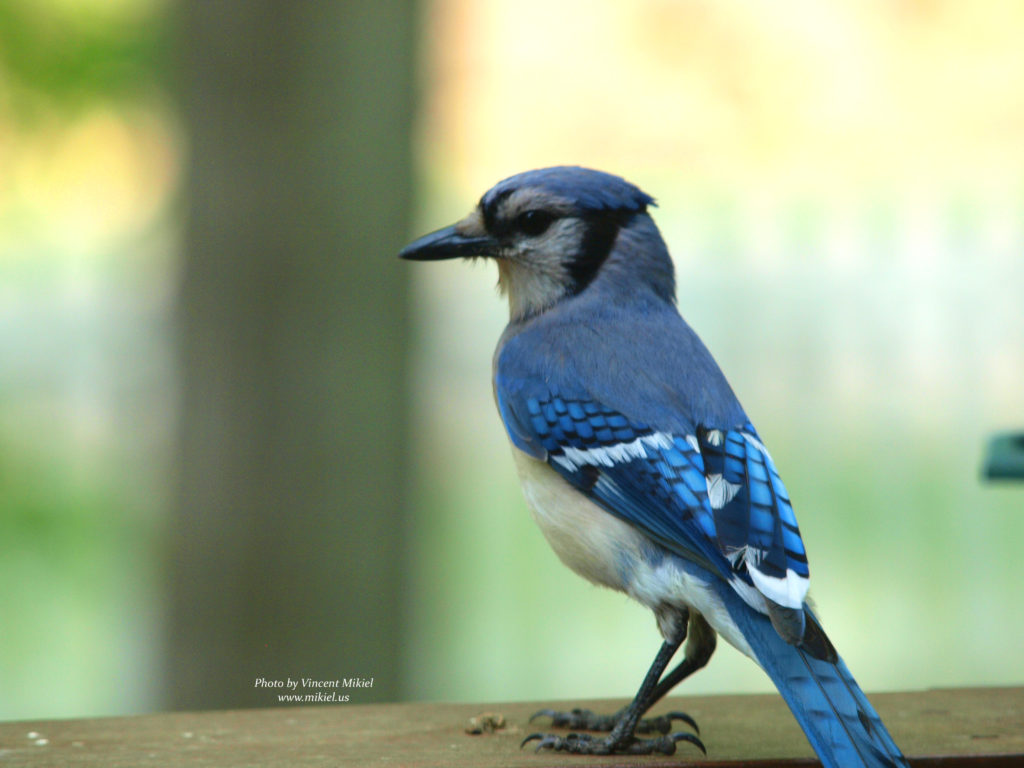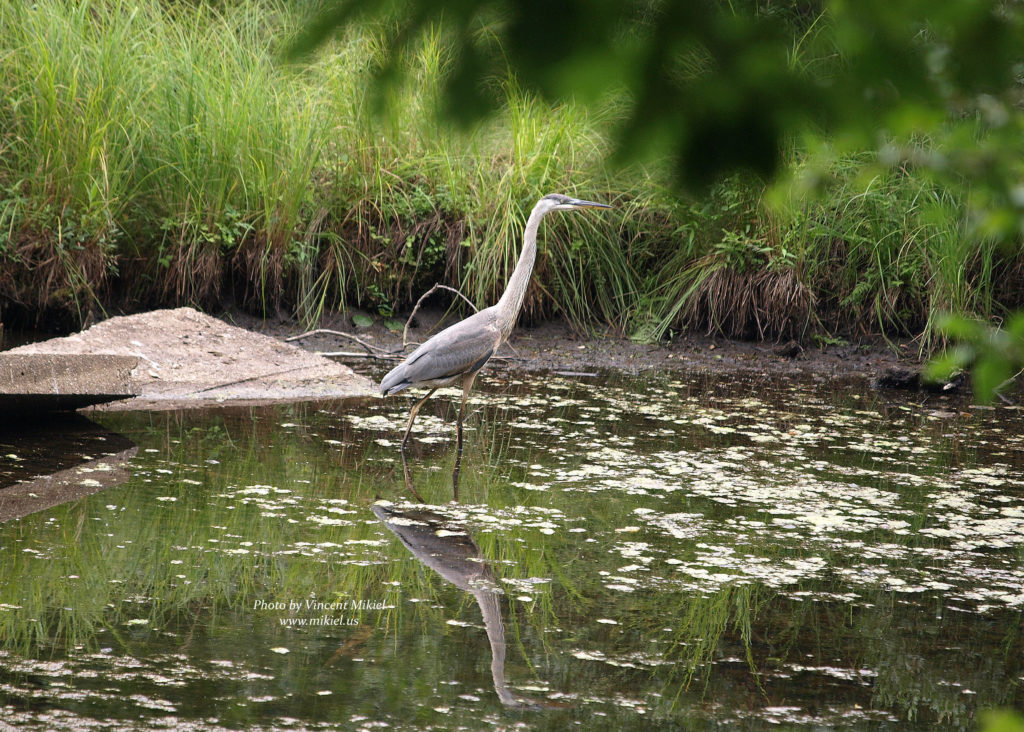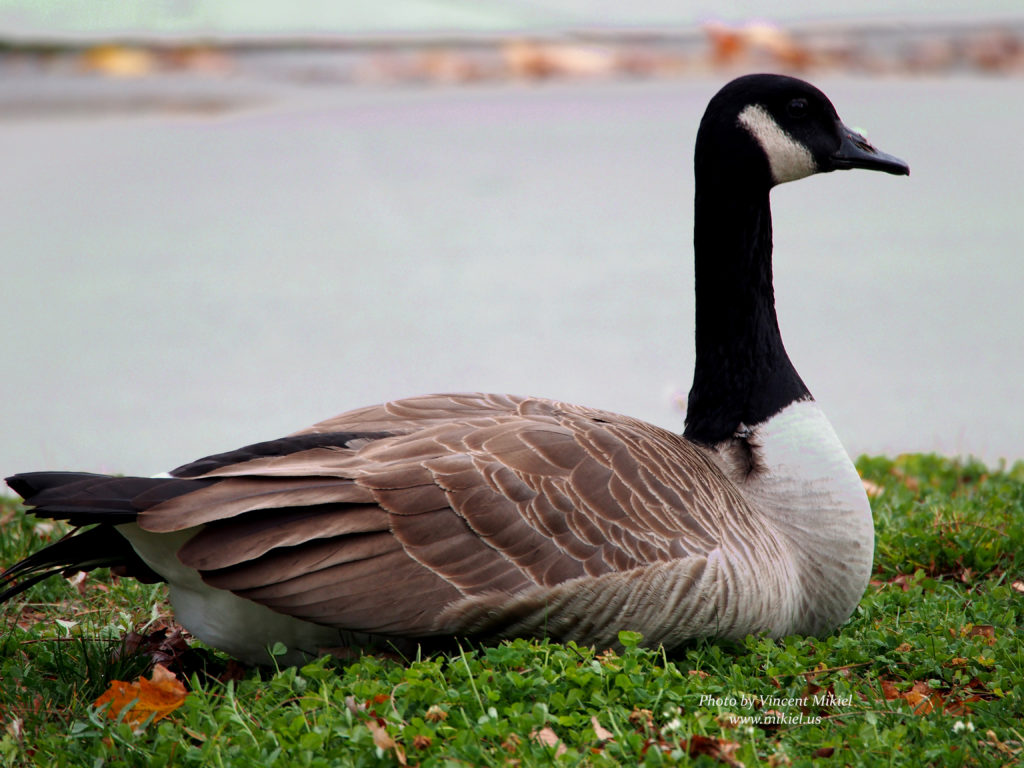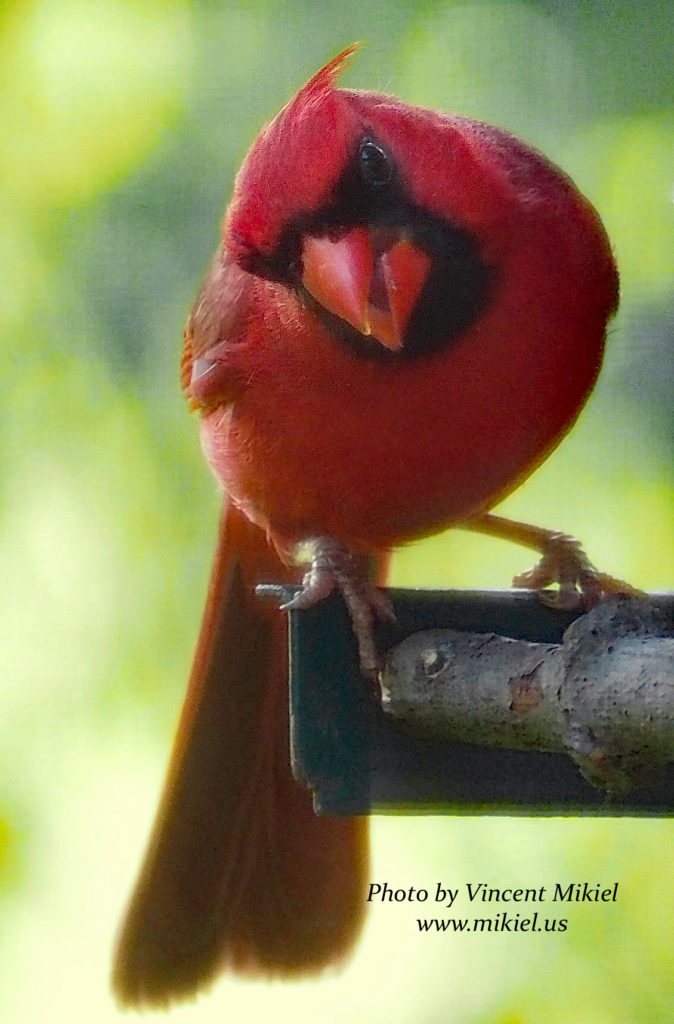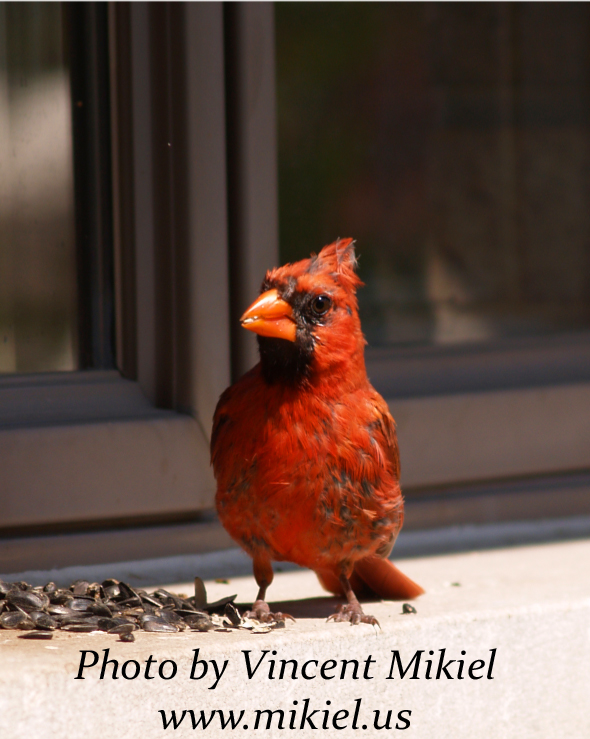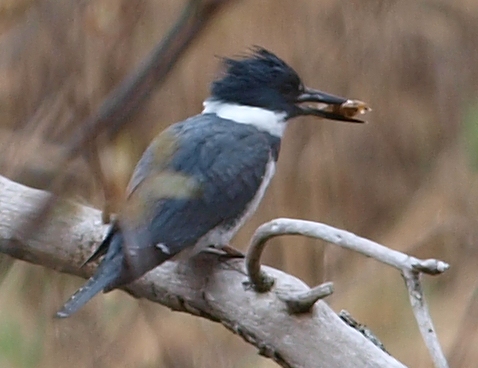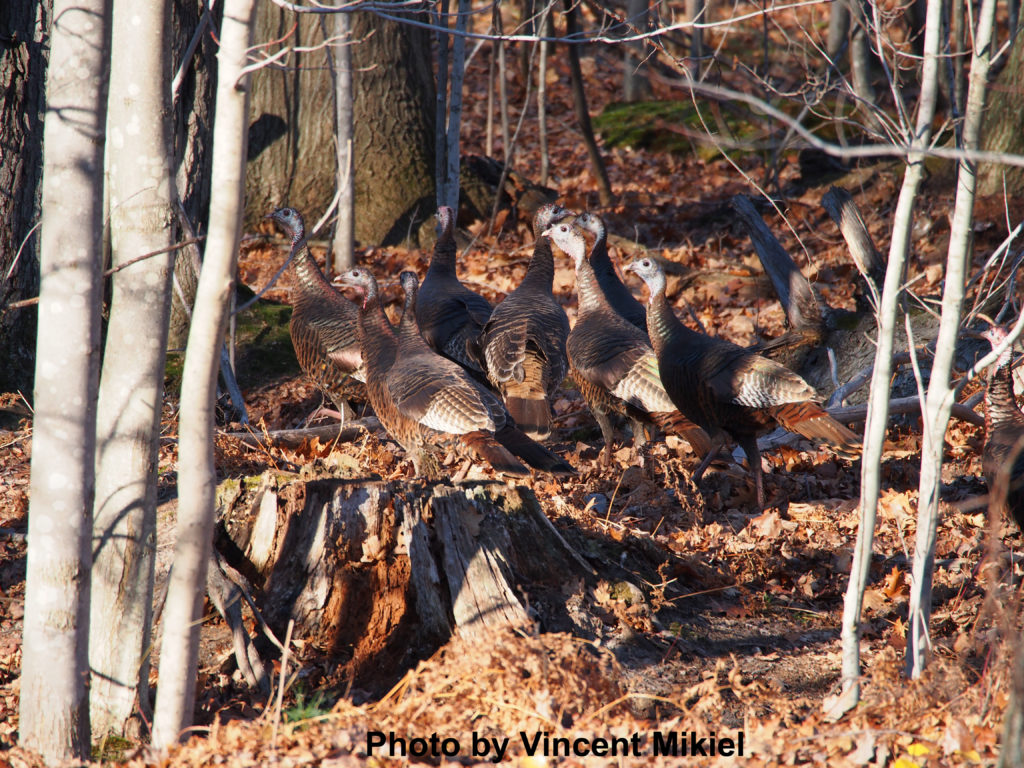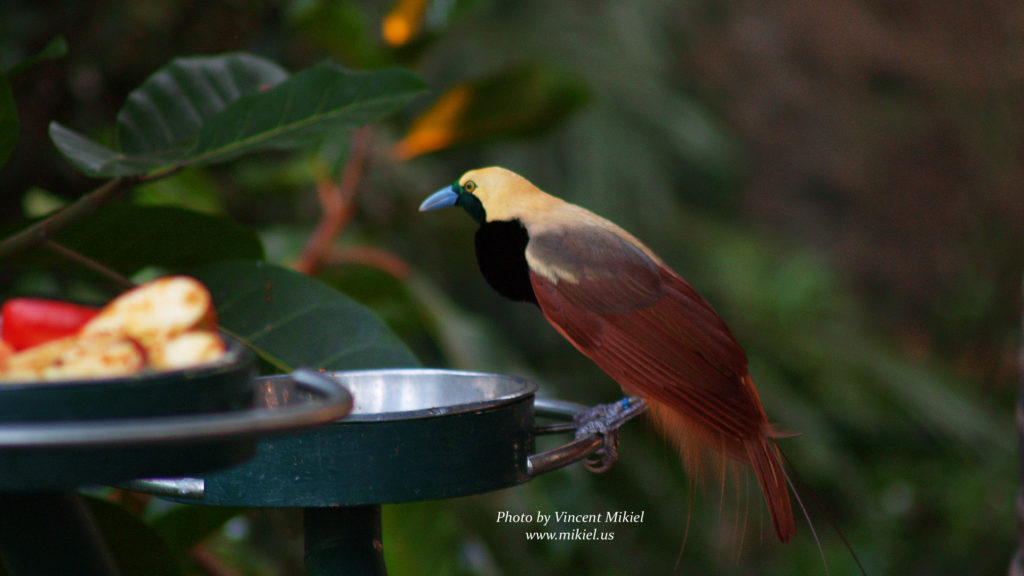Hawk
Hawk in the pine tree in fron of the house greeted me one morning. At the base of the tree were remnants of a squirrel he had dined on.
A fe moths later, i was greeted again by the hawk dining on another squirrel. This time the squirrel was on the front lawn.
Pelicans
While at La Jolla cove in San Diego I was fascinated by the pelicans. It was my first time seeing a pelican.
BLACK CAPPEDCHICKADEES
Chickadees are my favorite birds. i like the way they dart about. In Warrren, they greet me with their call in the mornings. In Port Austin, MI they dine on seeds on our deck as I watch them from our dining room table.
PILEATED WOODPECKER
This bird dropped by our suet basket hanging on a tree in back of our cottage in Prudenville, MI. The Pileated Woodpecker is one of the biggest, most striking forest birds on the continent. It’s nearly the size of a crow, black with bold white stripes down the neck and a flaming-red crest. Look (and listen) for Pileated Woodpeckers whacking at dead trees and fallen logs in search of their main prey, carpenter ants, leaving unique rectangular holes in the wood. The nest holes these birds make offer crucial shelter to many species including swifts, owls, ducks, bats, and pine martens.
TUFTED TITMOUSE
A little gray bird with an echoing voice, the Tufted Titmouse is common in eastern deciduous forests and a frequent visitor to feeders. The large black eyes, small, round bill, and brushy crest gives these birds a quiet but eager expression that matches the way they flit through canopies, hang from twig-ends, and drop in to bird feeders. When a titmouse finds a large seed, you’ll see it carry the prize to a perch and crack it with sharp whacks of its stout bill. This one shared seeds with the chickadees in Port Austin, MI.
RED BELLIED WOODPECKER
In spite of its red head, this bird is called red bellied. Red-bellied Woodpeckers are pale, medium-sized woodpeckers common in forests of the East. Their strikingly barred backs and gleaming red caps make them an unforgettable sight – just resist the temptation to call them Red-headed Woodpeckers, a somewhat rarer species that’s mostly black on the back with big white wing patches.
This one in Prudenville, MI was not dining on the orange but rather on the ants that were attracted to the orange.
???
BALD EAGLE
Most people are familiar with the appearance of the bald eagle. After near extinction, the national bird ismaking a comeback.. A pair of bald eagles frequently visited us in Prudenville hunting the ducks on Denton Creek. Amazingly when the ducks disappeared, I would look up in the sky and see the eagles roaming. Sometimes they just waited in the tree next door for an unobservant duck to dine on.
AMERICAN GOLD FINCH
ROSE-BREASTED GROSBEAK
A frequent visitor in Port Austin, MI and an occasional visitor in Warren, MI the red-breasted grosbeaks dine on the sunflower seed we place out for the bitrds. The male, like most birds, has the colorful plumage while the female is more plain. “Grosbeak” is from the French for large beak which easily identifies them.
Male
Female grosbeak
BLUE JAY
Blue Jays are abundant and easily identified by thei blue plumage and noisy shrieking calls.
HERON
Not sure which type of heron/egret visited us on the Denton Creek. Unfortunately I could not get close to this bird as is searched for fish in the Denton Creek.
CANADIAN GOOSE
This goose was one in a flock that stops by our house in Warren, MI each fall. This bird is actually sitting in a boulevard island. As they wander around the street, they often stop traffic and when sitting on the island, gawkers slow down to peek at them.
CARDINAL
Very common in Michigan, this picture was taken from inside the house w through a window which resulted in the soft color cast in the picture.
KINGFISHER
Kingfisher pausing with fish he extracted from the Denton Creek.
WILD TURKEYS
Wild turkeys visiting us in port Austin
